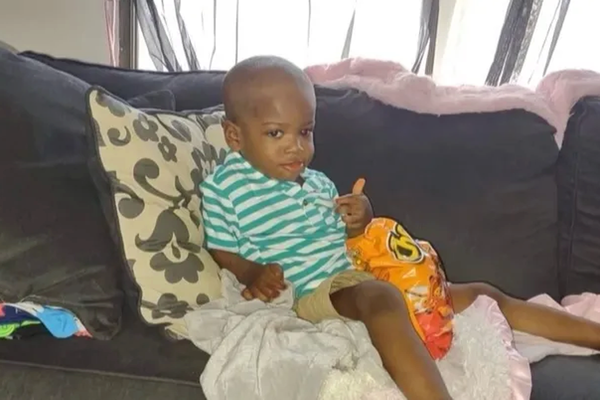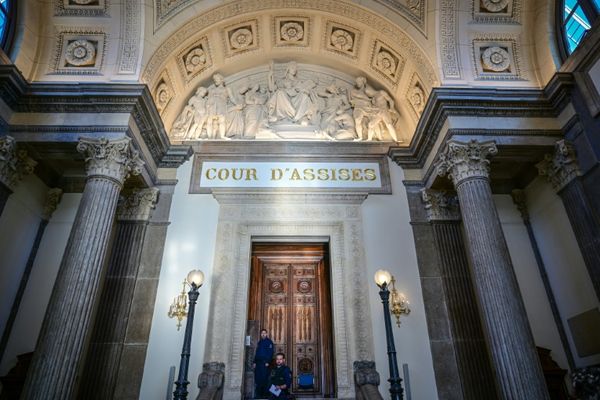As a fragile ceasefire between Israel and Hamas approaches its end on Saturday, uncertainty looms over the next steps.
The initial phase, which halted 15 months of intense conflict, was intended to pave the way for further negotiations.
These talks were meant to address the release of remaining hostages captured during the October 7 2023 attack that initiated the war. In exchange, Hamas sought the release of more Palestinian prisoners, a lasting ceasefire, and a complete Israeli withdrawal from the Gaza Strip.
However, these negotiations have yet to commence, with only preliminary discussions taking place. The first phase has been marred by disputes.
While Hamas has released all 25 living hostages included in the initial agreement, in exchange for hundreds of Palestinian prisoners, disagreements persist. They also released the bodies of four captives and are expected to turn over four more.
It is believed that Hamas still holds more than 60 captives, with approximately half presumed dead. Israel has postponed the release of around 600 Palestinian prisoners, citing concerns over the treatment of released captives.
Reportedly, Israel is seeking an extension of the first phase to ensure the release of more captives. However, Hamas insists on the release of the delayed prisoners before engaging in further negotiations.
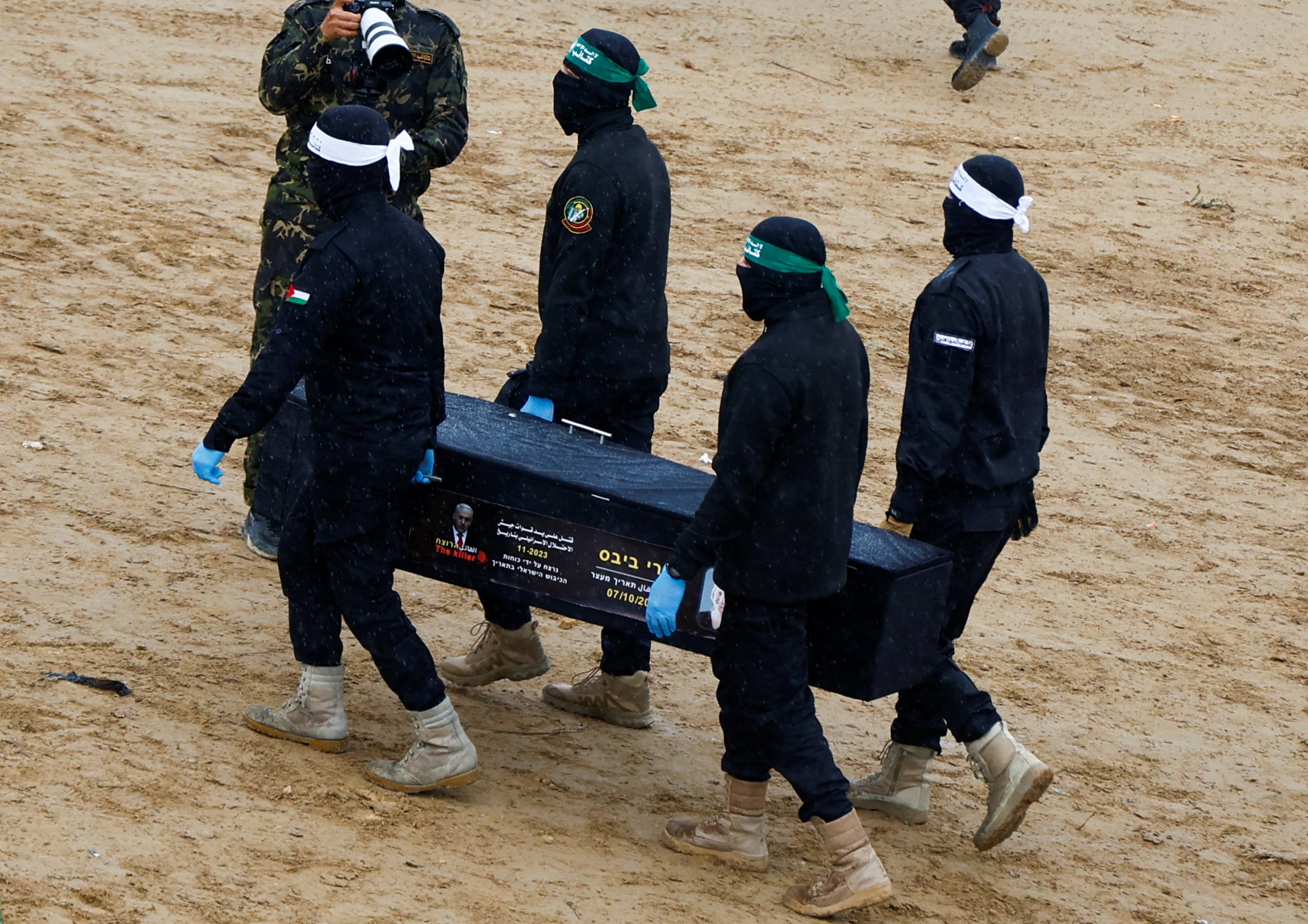
Phase 2 was always the biggest challenge
The second phase was always going to be the most difficult because it would likely force Israel to choose between its two main war goals — the safe return of the hostages and the annihilation of their captors.
Hamas, though weakened, remains in power with no internal challengers. In exchange for the remaining living hostages — its main bargaining chip — it is demanding a lasting ceasefire and the full withdrawal of Israeli forces. A third phase would see the exchange of remains and the start of Gaza's daunting reconstruction process, which is expected to take years and cost billions of dollars.
Steve Witkoff, the Trump administration's Mideast envoy, is returning to the region this week. In an interview with CNN's "State of the Union" on Sunday, he said he will aim for an extension of Phase 1 to buy time for negotiating the second phase.
But Egypt, which has served as a key mediator, has refused to discuss an extension of Phase 1 until negotiations over Phase 2 begin, according to two Egyptian officials who were not authorised to brief reporters and spoke on condition of anonymity.
One official familiar with the negotiations said the mere launch of Phase 2 talks would keep the truce intact, according to the language of the deal. That would mean a continued halt in fighting and aid flowing into Gaza, though there would be no further hostage releases beyond what has already been negotiated, he said, speaking on condition of anonymity to discuss closed diplomatic contacts.
Hamas has previously said it is open to a short extension to complete talks on Phase 2, but that was before Israel held up the release of the prisoners.
One of the Egyptian officials said Egypt is also demanding Israel complete its withdrawal from the Philadelphi corridor, on the Gaza side of the border with Egypt, before moving on to the next phase. The agreement calls for that withdrawal to begin this weekend and be completed within eight days.
Netanyahu has not publicly stated what he will do this weekend. He is under heavy pressure from hard-line coalition partners to resume the war against Hamas. But after images showed freed hostages returning home in poor condition, he also faces heavy public pressure to bring the remaining hostages home.
Witkoff said Netanyahu is committed to bringing back all the hostages but has set a "red line" that Hamas cannot be involved in governing Gaza after the war. Netanyahu has also ruled out any role in Gaza for the Western-backed Palestinian Authority, dominated by Hamas's main rival, Fatah.
Hamas has said it is willing to hand over control of Gaza to other Palestinians.
But the militant group, which does not accept Israel's existence, would still be deeply entrenched in Gaza. And it says it won't lay down its arms unless Israel ends its occupation of the West Bank, Gaza and east Jerusalem, lands captured in the 1967 Mideast war that Palestinians want for a future state.
Hamas has also dismissed Israel's suggestion that its Gaza leadership go into exile.
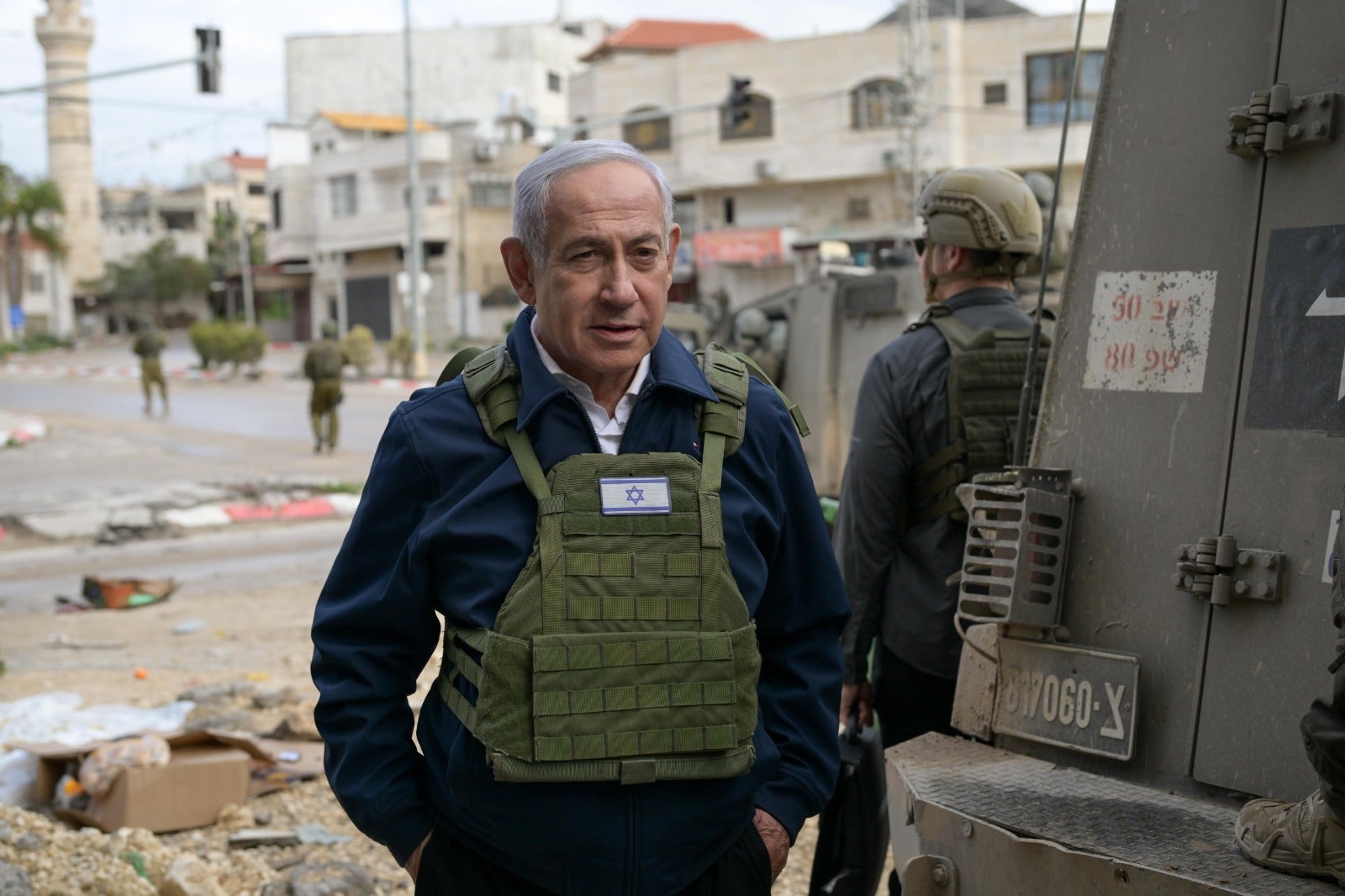
Phase 1 is unfinished and has further embittered both sides
The first phase of the ceasefire has yet to be completed and has only deepened the bitter mistrust on both sides.
Israelis were shocked to see the captives – some of whom were emaciated – paraded before crowds upon their release, with some forced to smile, wave, deliver statements and, in one case, kiss a masked militant on the head. After returning to Israel, hostages said they were held under harsh conditions.
Last Thursday, Hamas displayed coffins holding what it said were the remains of Shiri Bibas and her two small children, who it said were killed in an Israeli airstrike. Israel said a forensic investigation showed the two children were killed by their captors. The third body turned out to be someone else. Hamas then released another body that was confirmed to be the mother.
On Saturday, Hamas filmed two hostages who were forced to watch the release of others, turning to a camera and begging to be released, in yet another public spectacle that infuriated Israel. That appears to have prompted Israel to postpone the release of the prisoners.
Hamas has accused Israel of violating the ceasefire by killing dozens of people who the army said had approached its forces or entered unauthorised areas. It also accused Israel of dragging its feet on the entry of mobile homes and equipment for clearing rubble, which entered late last week, and of beating and abusing Palestinian prisoners prior to their release.
Israel has also launched a major military operation in the occupied West Bank that has displaced some 40,000 Palestinians, according to the United Nations. Israel says it is cracking down on militants who threaten its citizens, while Palestinians see it as trying to further cement its decades-long rule.
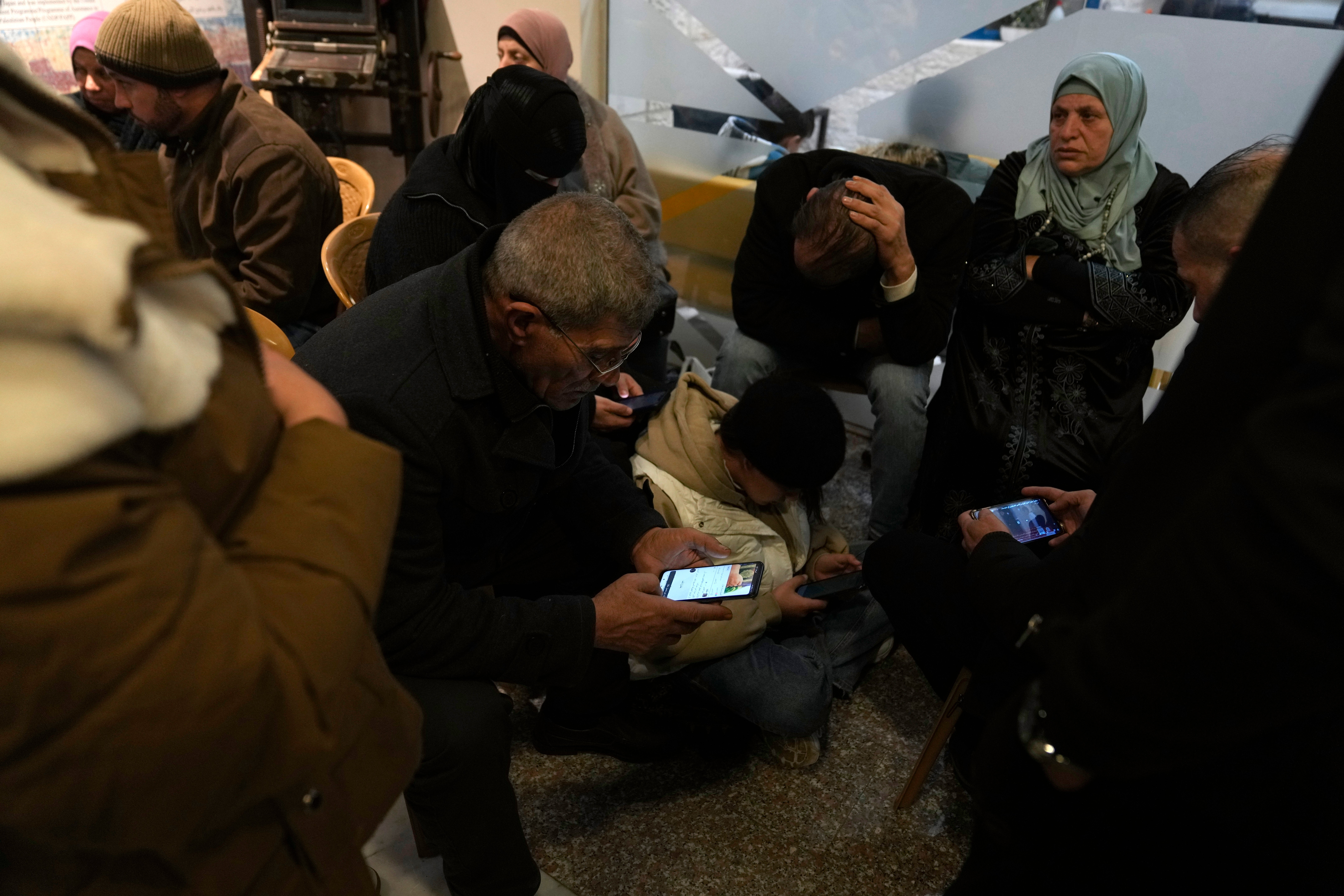
Mixed signals from Trump
U.S. President Donald Trump took credit for the ceasefire, which Witkoff helped push across the finish line after a year of negotiations led by the Biden administration, Egypt and Qatar.
But Trump has since sent mixed signals about the deal.
Earlier this month, he set a firm deadline for Hamas to release all the hostages, warning "all hell is going to break out" if it didn't. But he said it was ultimately up to Israel, and the deadline came and went.
Trump sowed further confusion by proposing that Gaza's population of some two million Palestinians be relocated to other countries and for the US to take over the territory and develop it. Netanyahu welcomed the idea, which was universally rejected by Palestinians and Arab countries, including close US allies. Human rights groups said it could violate international law.
Trump stood by the plan in a Fox News interview over the weekend but said he's “not forcing it”.
